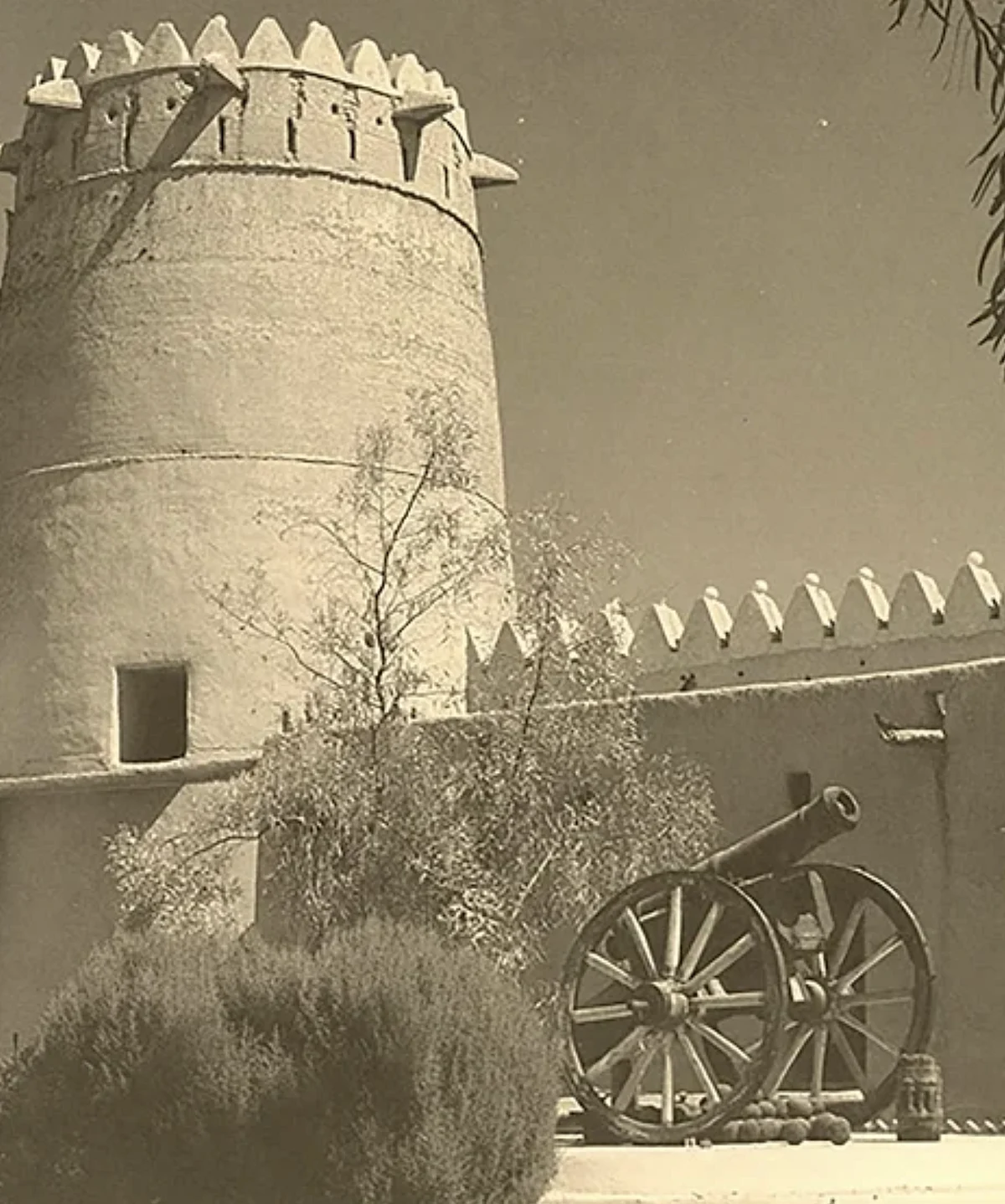
UAE's Oldest Museum To Reopen After Workers Find Pre-Islamic Graves During Renovations
The UAE's oldest museum is preparing to reopen its doors with a modern new identity and rare archaeological discoveries unearthed during its renovation - including pre-Islamic tombs and artefacts never before displayed to the public.
Omar Al Kaabi, director of Al Ain Museum, told Khaleej Times that the transformation preserves the museum's original 1971 structure, built under the direction of the late Sheikh Zayed bin Sultan Al Nahyan, while upgrading its facilities, research capabilities, and accessibility to meet international standards.
Recommended For You“Al Ain Museum is the oldest museum in the UAE. It was founded in 1969 on the orders of Sheikh Zayed, may God rest his soul, and officially opened in 1971,” Al Kaabi said.“The renovation keeps the historical building as it is , the first purpose-built museum in the country, while adding the modern facilities it needs, from laboratories and storage areas to research centres and visitor services.”
Stay up to date with the latest news. Follow KT on WhatsApp Channels.
Archaeological discoveries halt constructionWork on the site led to major archaeological discoveries , which temporarily paused the renovation project.
“During excavation works, we discovered archaeological sites within the museum's grounds, including tombs and burials from the pre-Islamic period,” Al Kaabi revealed.“These are now preserved as part of the visitor experience, with three archaeological sites to be opened to the public.”
The museum's upgraded narrative will tell the story of Al Ain from the Stone Age to the modern era, reflecting the region's role in early trade networks that stretched to Mesopotamia and the Indus Valley.
“The Al Ain area was part of ancient trade routes. Copper was exported to Mesopotamia, and pottery and other materials were imported from Iraq, Iran, and the Indian subcontinent,” Al Kaabi said.“Visitors will find sections that explain these exchanges across different historical periods.”
Balancing heritage with innovationThe museum's overhaul aims to align with the display and conservation standards of leading international museums, incorporating interactive technologies and inclusive design.
“Science and technology have advanced since the museum was first built,” Al Kaabi noted.“We wanted to update how exhibits are presented, with modern display systems and interactive screens that give visitors the same experience they would have in major museums around the world.”
Accessibility has been central to the re-design, with new digital features to support people of determination.
“We have taken into account visitors with different needs,” he said.“There will be applications offering visual or audio content for the hearing or visually impaired, and new AR technologies to enhance engagement.”
Preserving community memoriesWhile embracing modernity, the museum also protects the nostalgic identity remembered by generations of Emiratis who visited on school trips decades ago.
“Everyone has memories of Al Ain Museum,” Al Kaabi said.“We kept the original building, we didn't demolish it. Visitors will recognise familiar artefacts and the same historic well inside the museum that has been preserved in its original location.”
Some of the most recognisable exhibits, such as the large storage jars and ancient gold jewellery, will remain on display.
“Each visitor remembers something different,” he added.“Many will recall the big storage jars or the gold ornaments that were discovered and shown in the museum. Others will remember the old well, it's still there, in the same place.”
Al Kaabi emphasised that Al Ain Museum has always been rooted in community contributions:
“This museum was built not only by specialists but by the people of Al Ain, who donated personal tools, artefacts, and archaeological finds. We continue to encourage people to share objects that tell the city's story.”
When the museum reopens, its first temporary exhibition will focus on Harat Al Hosn, the historical neighbourhood where the museum itself originated.
“The opening will be accompanied by an exhibition about Harat Al Hosn, its residents, traditions, and memories,” Al Kaabi said.“It will run for around six to eight months.”
Reopening soonWhile the exact reopening date has not yet been publicly announced, Al Kaabi confirmed that it will be“very soon.”
“Inshallah, very soon,” he said, hinting that the date may be even earlier than November.“Once the official confirmation comes from the concerned authorities, we'll share it with everyone.”
The reopening will feature a special inaugural ceremony followed by the public launch.
A living museumFor Al Kaabi, the renovation represents both continuity and discovery.
“Al Ain Museum continues its mission to preserve, research and promote the history of this land,” he said.“Every year, we uncover new findings, and you'll see artefacts that no one has seen before, including discoveries from the burial and falaj (ancient irrigation) sites inside the museum grounds.”
The Al Ain Museum, located next to Sultan bin Zayed Fort, was established in 1969 and opened in 1971 as the UAE's first national museum. It falls under the Department of Culture and Tourism - Abu Dhabi (DCT Abu Dhabi), which has been upgrading Al Ain's cultural landmarks including the Oasis, Qasr Al Muwaiji, and Hili Archaeological Park - all part of the UNESCO-listed Al Ain cultural sites.

Legal Disclaimer:
MENAFN provides the
information “as is” without warranty of any kind. We do not accept
any responsibility or liability for the accuracy, content, images,
videos, licenses, completeness, legality, or reliability of the information
contained in this article. If you have any complaints or copyright
issues related to this article, kindly contact the provider above.


















Comments
No comment